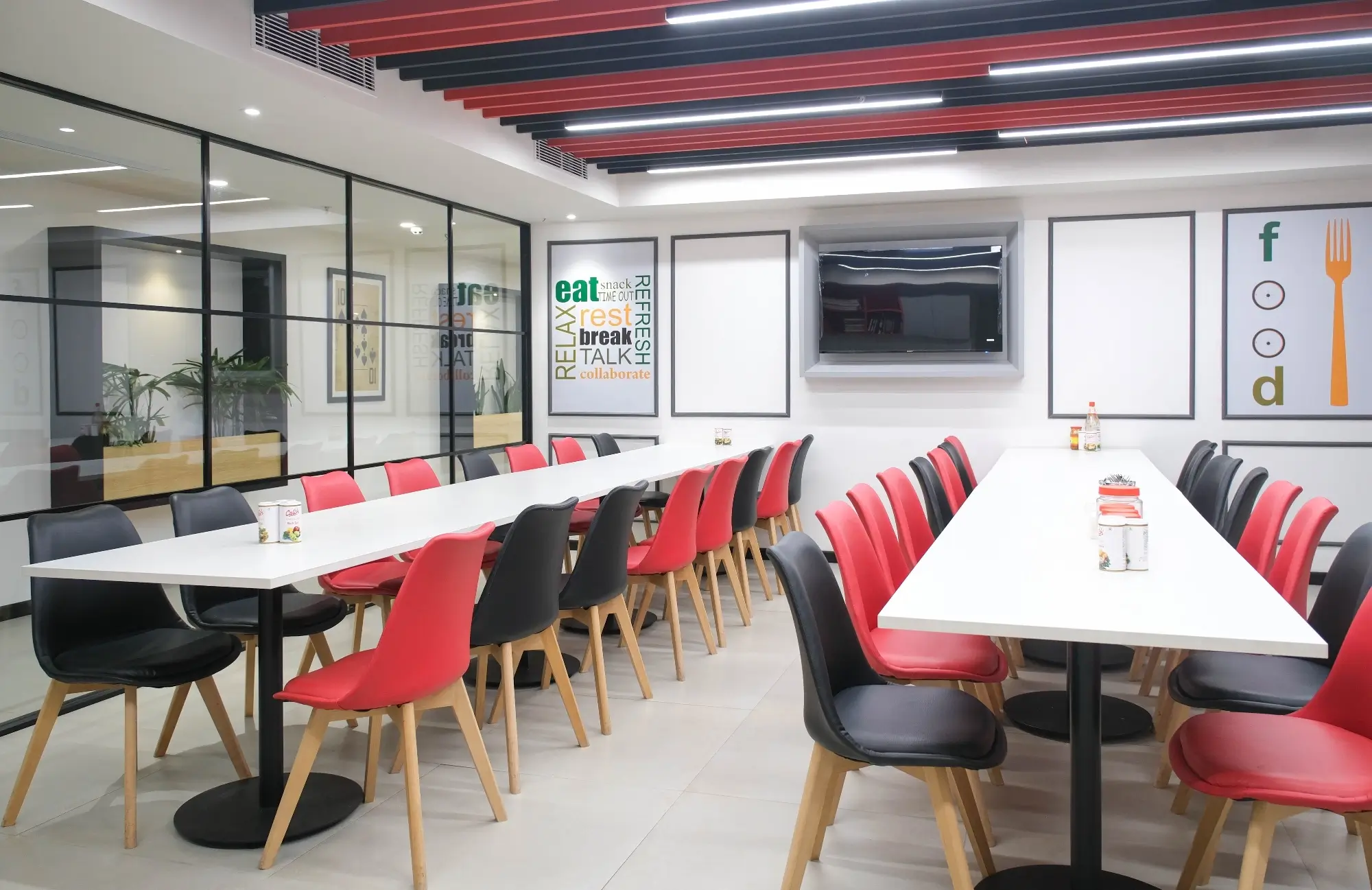Introduction: Where Form Meets Function
An office table is more than a plank on legs. It anchors posture, productivity, brand aesthetics, and even client perception. Whether you’re outfitting a sleek startup studio in Gurugram or refreshing the CEO’s corner suite in Connaught Place, a well-designed table must satisfy two masters — human biomechanics and visual harmony. This guide shows how to blend both without compromise.
1. Understand the Science of Ergonomics First
“Ergonomic” isn’t a buzzword; it’s a biomechanical checklist that keeps wrists neutral, spines upright, and eyes level with screens. According to the Occupational Safety & Health Administration (OSHA) Ergonomics Guidelines, the risk of musculoskeletal disorders drops sharply when work surfaces allow elbows to rest at 90 ° and monitor tops align with eye height.
Key Ergonomic Metrics
Component | Ideal Range |
Work-surface height | 680 – 760 mm (adjustable preferred) |
Desk depth | ≥ 600 mm for monitor + keyboard |
Leg-clearance height | ≥ 700 mm |
Edge radius | ≥ 2 mm to prevent pressure points |
For a deeper dive into anthropometric data, Cornell University’s Human Factors and Ergonomics Research site is an invaluable resource.
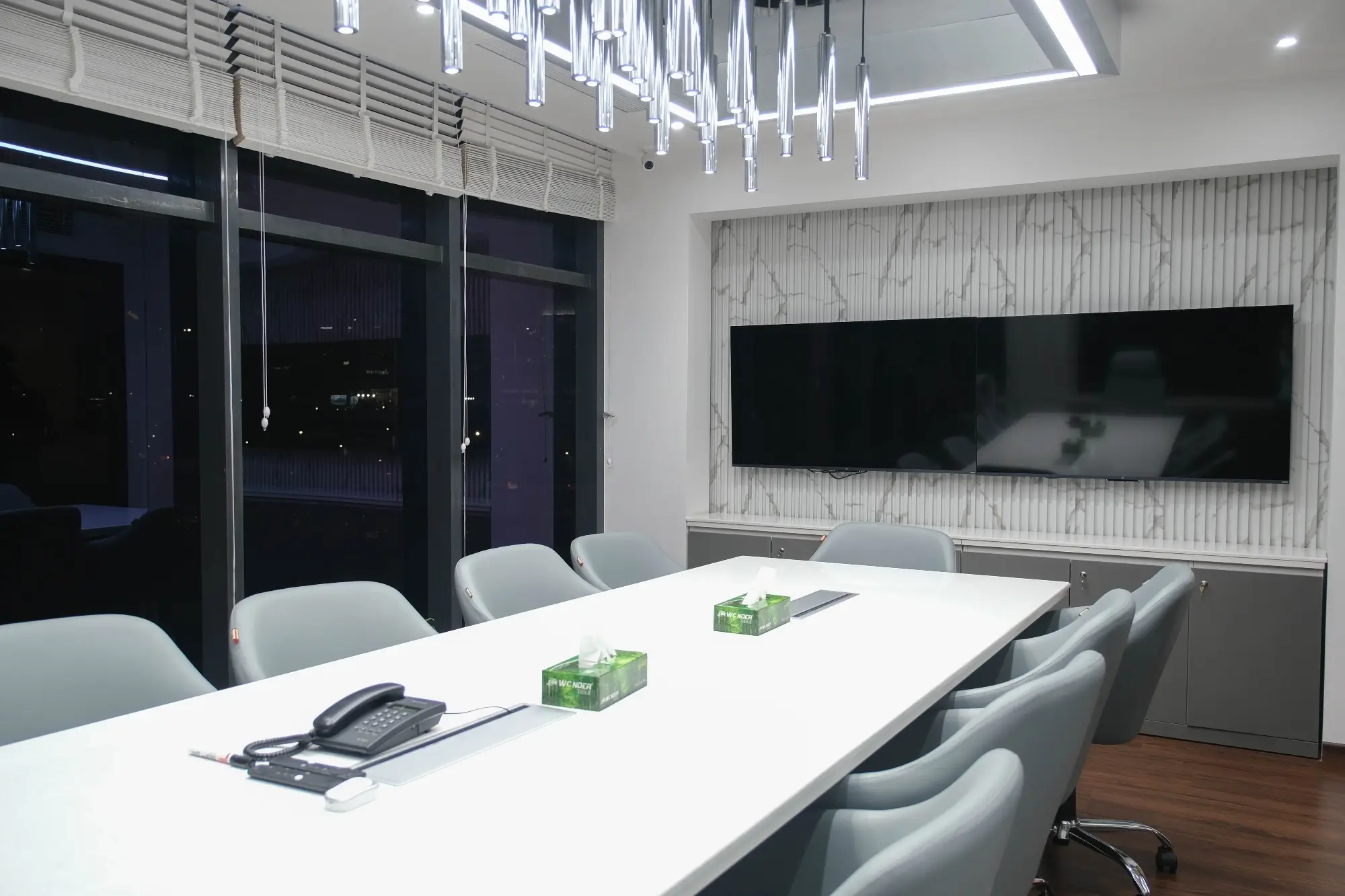
2. Build in Height Adjustability
Static desks lock every user into one posture. A sit-stand frame with a 650 – 1250 mm range accommodates 95 % of adult statures and encourages micro-movement that combats “sitting disease.” Electric lift columns may add ₹10-15k to BOM cost, but absenteeism drops and alertness rises — a payoff many CFOs now track.
Pro tip: If budget constrains motorized lifts, specify crank-handle or pneumatic columns; they cost ~40 % less and still offer essential flexibility.
3. Specify a Depth That Fits Tech & Tasks
A designer’s tablet needs less real estate than a financial analyst’s dual-monitor rig. Map peripheral footprints on scaled drawings or use cardboard templates on the floor. Target a minimum 750 mm depth for dual 27″ monitors to keep a 600 mm viewing distance without pushing screens against a wall.
4. Cable Chaos vs. Clean Aesthetics
Nothing kills a minimalist vibe faster than dangling cables. Solve it at design stage:
- Flush-mounted power/data grommets
- Underslung cable trays with Velcro straps
- Flip-up wire chases along the back edge
- Optional wireless charging pads inset under laminate
Need a turnkey solution? Creative Fit-Out Solutions for Modern Offices outlines how concealed power rails can be factory-integrated to keep desktops immaculate.
5. Select Materials for Comfort and Character
Material | Ergonomic Benefit | Aesthetic Cue |
Solid birch / oak | Warm to touch, low glare | Timeless, executive |
Bamboo ply | Slight surface “give” | Eco-modern vibe |
Laminated MDF | Easy to clean | Colour + graphic freedom |
Powder-coated steel frame | Rock-solid stability | Industrial chic |
Choose finishes with ≤ 25 GU (gloss units) to reduce monitor glare. Rounded waterfall front edges also relieve forearm pressure.
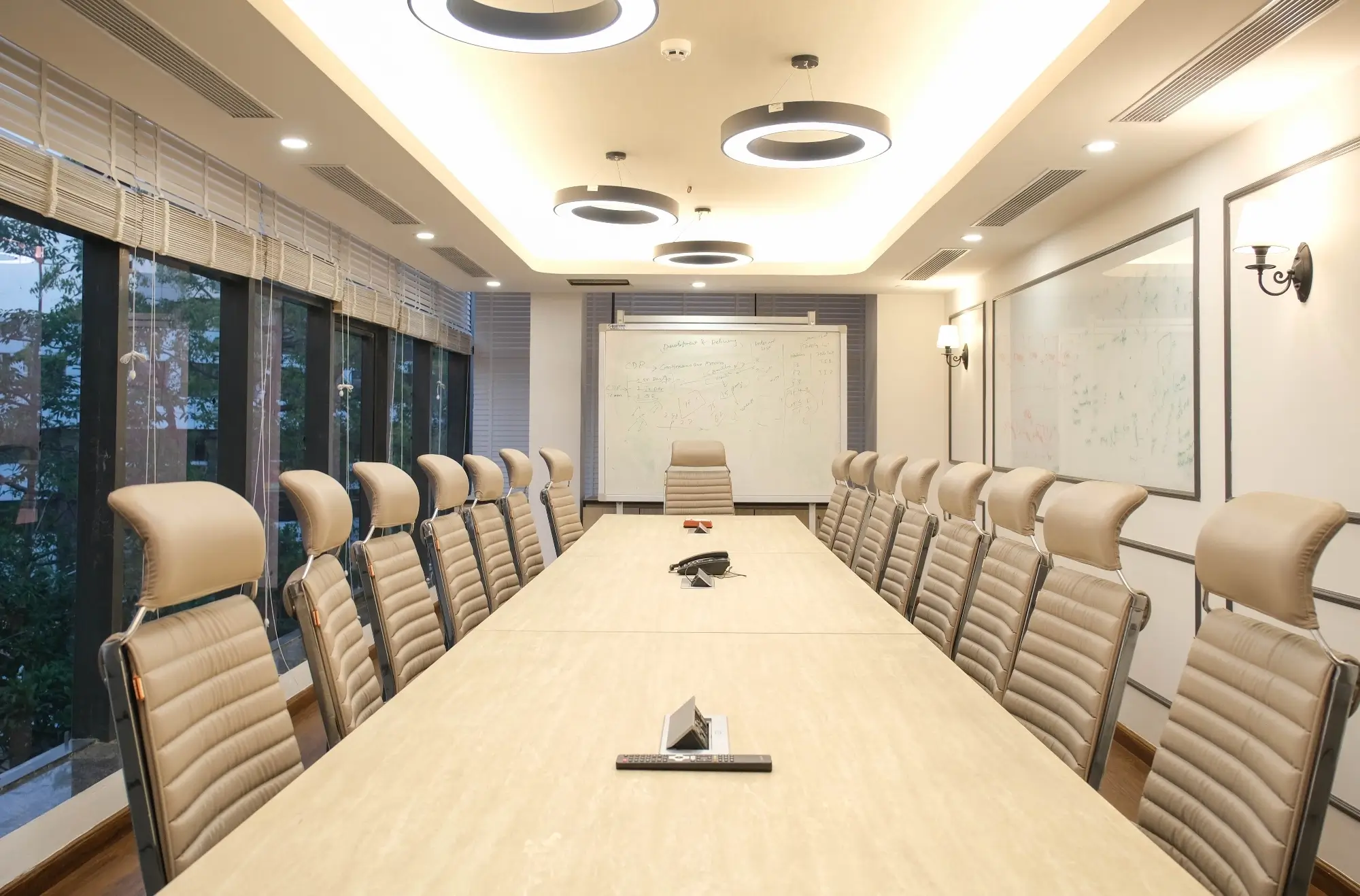
6. Harmonise Colour & Texture With Brand Story
A table can whisper or shout your culture:
- Tech start-ups: matte white tops, leg frames in brand accent colour.
- Consultancies: rich walnut veneer, brushed-steel modesty panel engraved with logo.
- Creative studios: terrazzo composite with pastel edge-banding.
Explore Stunning Workspace Design Inspirations for palette pairings that prove functional furniture can still steal Instagram feeds.
7. Embrace Vertical Space & Modular Add-Ons
Small office? Go up, not out:
- Clamp-on monitor arms free 30 % desktop area.
- Peg-board risers hold stationery cups and wireless chargers.
- Magnetic privacy panels snap on/off for open-plan adaptability.
Attach rails that accept future shelves, lights, or acoustic screens so your table evolves with team needs.
8. Factor in Acoustics & Touchpoints
Hard edges can ricochet sound in dense layouts. Inlay felt or PET recycled acoustic panels beneath modesty screens to damp keystrokes. Soft-touch polyurethane or cork writing pads offer tactile warmth and reduce pen noise.
9. Make Sustainability Non-Negotiable
Delhi NCR tenders increasingly demand ESG metrics. Opt for FSC-certified timber, GREENGUARD laminate, and cradle-to-cradle compliant metalwork. Declare embodied carbon on spec sheets; savvy clients and recruits notice.
10. Prototype, Test, Iterate
Before a bulk order, produce one pilot unit and run a one-week usability sprint:
- Collect height/comfort ratings via quick Google Form.
- Check cable routing under full device load.
- Measure noise when raising/lowering if motorized.
- Photograph workstation for aesthetic review.
Iterate mod dimensions by ±20 mm rather than re-drawing from scratch.
11. Budget vs. Benefit: A Quick ROI Math
- Ergonomic uplift: ₹2,500 per employee saved annually in RSI-related healthcare costs (per NIOSH data).
- Aesthetic uplift: 9 % higher candidate acceptance when office visuals align with employer brand (LinkedIn Workplace Culture 2024 study).
CapEx on a premium ergonomic desk often recoups inside 18 months through attrition reduction alone.
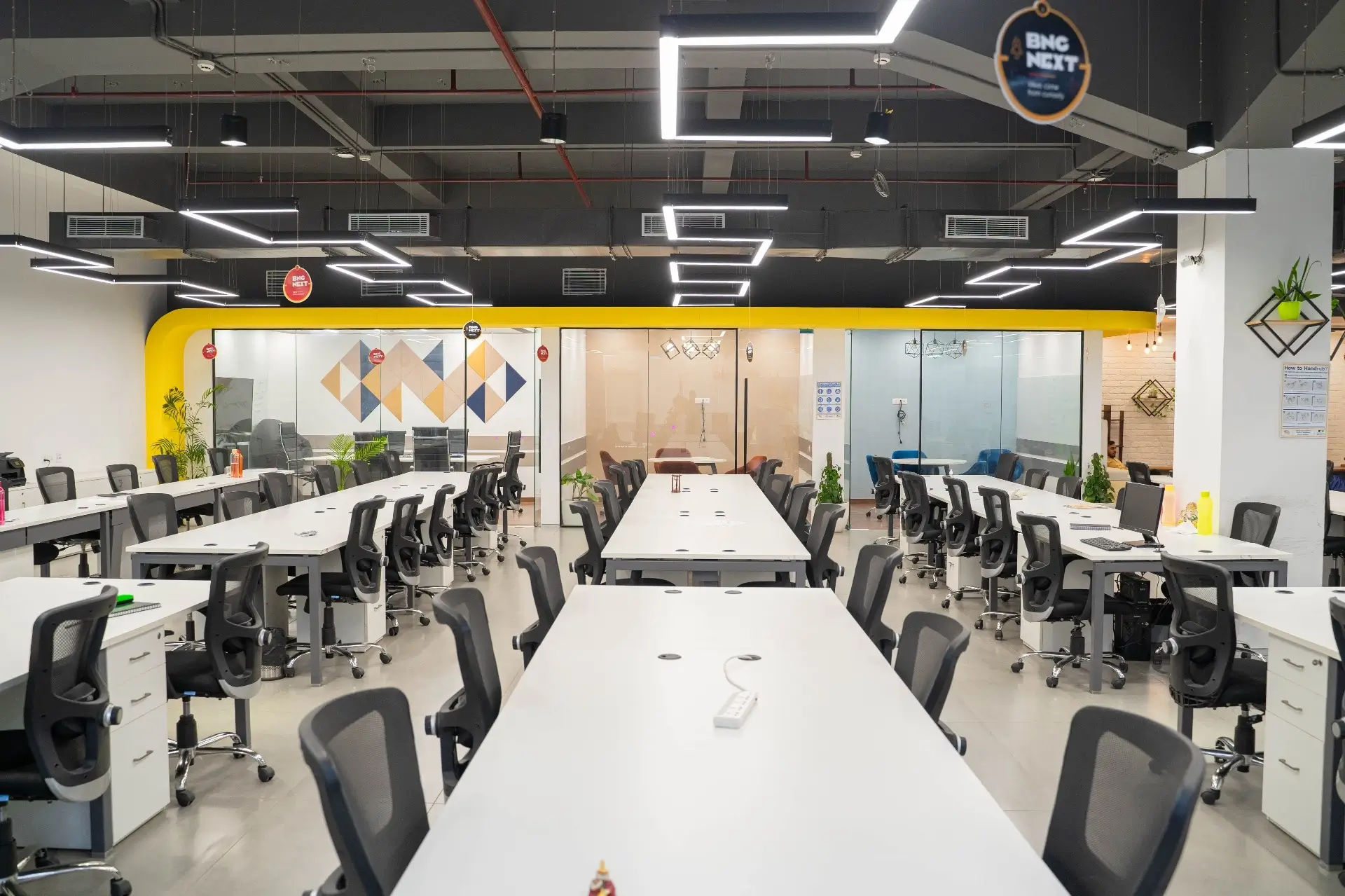
Conclusion: Where Performance Meets Personality
A truly great office table is like a tailored suit—fitted to body mechanics but styled to turn heads. Blend adjustability, clutter-free wiring, sustainable materials, and brand-aligned aesthetics and you’ll craft a surface that keeps teams healthy, clients impressed, and culture unmistakable.
Ready to spec your own masterpiece? Your Go-To Destination for Premium Office Spaces can guide you from sketch to install, ensuring every table does double duty: ergonomic powerhouse and design statement.
FAQs
An adjustable range of 650 – 1250 mm suits 95 % of adult statures; fixed desks at ~730 mm hit the median.
Yes—alternating positions stimulates circulation and can cut lower-back pain incidents by up to 54 %, per OSHA data.
Aim for at least 750 mm depth to maintain 600 mm viewing distance without neck strain.
High-pressure laminate over MDF offers superior abrasion resistance versus natural veneer, though veneer wins on tactile warmth.
Specify underside cable trays, flush-mounted grommets, and rear flip covers; pair with wireless peripherals wherever possible.
